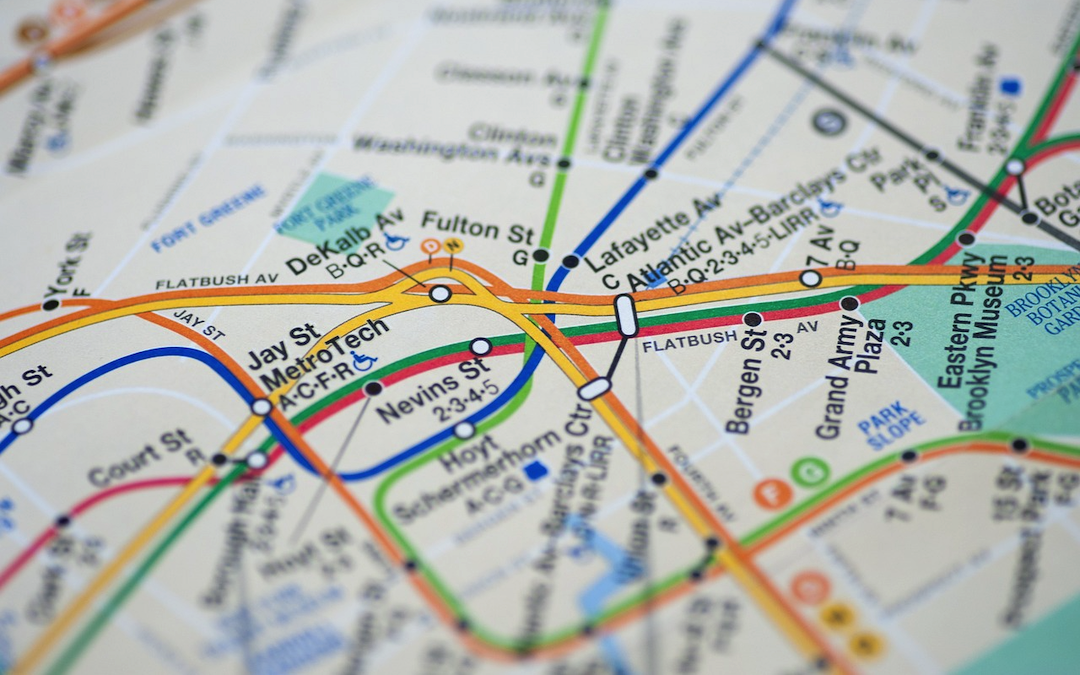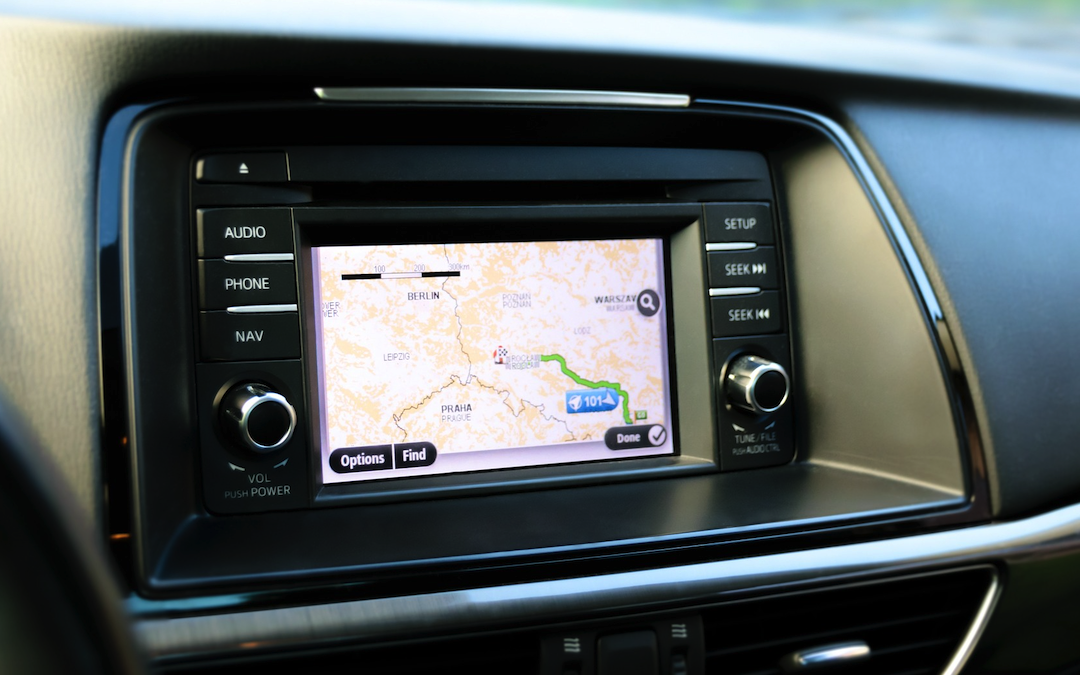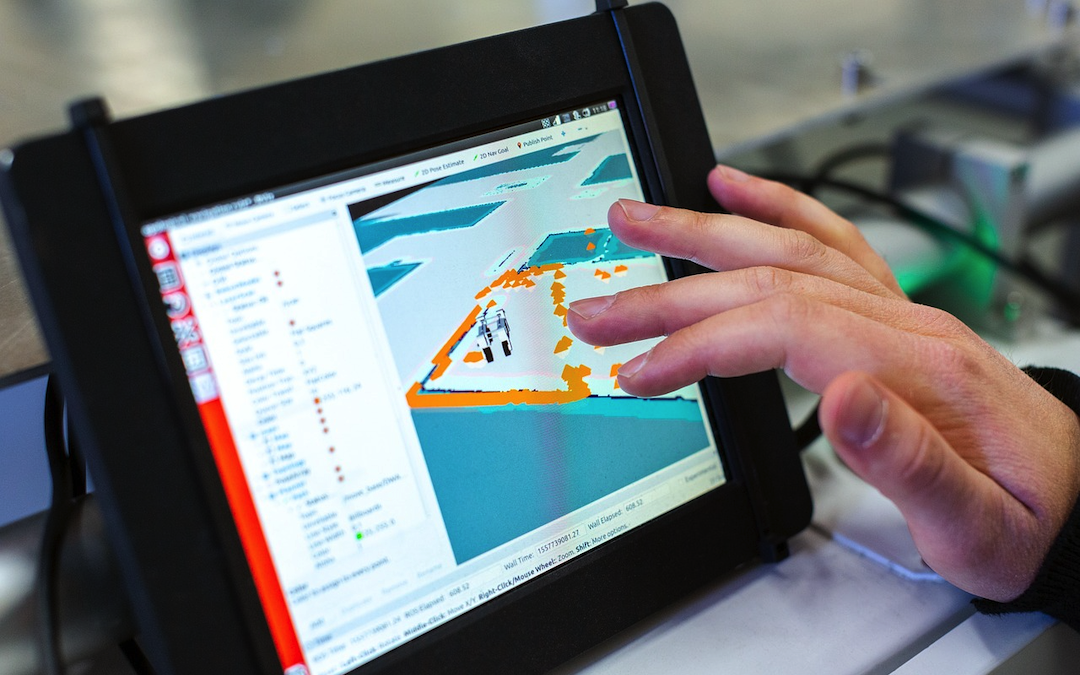
Efficient routing is a cornerstone of modern transportation and logistics, influencing everything from delivery times to fuel consumption. Routing software, designed to determine the optimal paths for travel, has evolved significantly, beginning with manual methods and culminating in today's sophisticated AI-powered systems. This article traces the journey of routing software, highlighting the transformative impacts each stage has had on various industries.
I. The Era of Manual Maps
Manual mapping has a rich history that dates back to ancient civilizations. The earliest known maps, dating back to 2300 BC in Mesopotamia, were etched into clay tablets and primarily used for agricultural and territorial purposes. Throughout the centuries, as trade routes expanded and empires grew, maps became essential tools for navigation, exploration, and military strategy. Medieval maps, often embellished with artistic and religious symbols, served both practical and illustrative purposes. The Age of Exploration in the 15th and 16th centuries marked a significant leap in cartography with the advent of more accurate maps that incorporated the discoveries of explorers like Christopher Columbus and Ferdinand Magellan. These maps, painstakingly drawn by hand, were vital for sailors navigating uncharted waters and played a crucial role in the expansion of trade and colonization.

The development of manual mapping continued to advance with the invention of the printing press in the 15th century, which allowed for the mass production of maps. This made maps more accessible to the general public and facilitated the spread of geographical knowledge. By the 18th and 19th centuries, mapmaking had become a precise science, with the introduction of triangulation and other surveying techniques that improved accuracy. The creation of detailed topographic maps during this period was particularly important for military and engineering purposes. Despite these advancements, manual mapping remained a labor-intensive process, requiring skilled cartographers to constantly update maps to reflect changes in geography, infrastructure, and political boundaries.
After the rise of automobiles and the emergence of roadway systems in the 20th century, but prior to the advent of digital technology, route planning remained a laborious process reliant on paper maps and atlases. Drivers and dispatchers meticulously plotted courses by hand, which was both time-consuming and prone to errors. A detour or unexpected road closure could easily throw off an entire day’s schedule, as there was no quick way to adjust routes dynamically. In the delivery services sector, for instance, planning a day's routes could take hours, often leading to inefficiencies and higher operational costs. Similarly, taxi companies struggled to dispatch cars optimally, relying heavily on drivers' local knowledge and experience. The inability to adapt quickly to real-time changes often resulted in longer travel times and increased fuel consumption, ultimately affecting profitability and customer satisfaction.

II. The Advent of GPS, Digital Maps and Early Software Solutions
The late 20th century saw the introduction of digital maps, marking a significant milestone in routing technology. The major breakthrough was the advent of Global Positioning System (GPS) technology, which completely revolutionized navigation and mapping. Developed by the U.S. Department of Defense, the first GPS satellite was launched in 1978, and the system became fully operational in 1993. GPS technology relies on a network of satellites that transmit signals to receivers on the ground, allowing for precise determination of geographic location anywhere on Earth. Initially designed for military applications, GPS quickly found widespread use in civilian sectors. The integration of GPS with digital mapping software enabled real-time location tracking and route optimization, transforming industries such as transportation, logistics, and emergency services. With GPS, the limitations of manual mapping were overcome, as users could now access accurate, up-to-date navigational information instantly, leading to increased efficiency and safety in travel and transport.
The early software and hardware solutions, underpinned by GPS technology and basic route optimization algorithms, provided a substantial improvement over manual methods. GPS-enabled devices allowed for real-time location tracking and more accurate route planning. Early routing software could calculate the shortest path between two points, taking into account traffic conditions and road closures to some extent.

The benefits of these early digital systems were manifold. They offered greater accuracy and efficiency, reducing the likelihood of human error and significantly cutting down on the time required for route planning. For example, logistics companies that adopted digital routing solutions found they could deliver more packages in less time, while also conserving fuel. Ride-sharing services like Uber and Lyft, which emerged during this era, leveraged these technologies to optimize driver dispatch and improve customer service. Case studies from the time illustrate how companies that adopted these early technologies gained a competitive edge, highlighting the practical benefits of digital over manual route planning.
III. The Rise of Advanced Routing Software
As technology progressed, so did the sophistication of routing software. The introduction of advanced algorithms like Dijkstra's algorithm and the development of more complex optimization techniques allowed for even greater precision and flexibility in route planning. Modern routing software boasts features such as real-time traffic updates, dynamic rerouting capabilities, and integration with other business systems like Customer Relationship Management (CRM) and fleet management software.
These advancements have had a profound impact on various industries. In logistics and supply chain management, advanced routing software enables companies to optimize delivery routes in real-time, reducing costs and improving service levels. Public transportation systems have also benefited, with enhanced route planning leading to better service reliability and passenger satisfaction. Ride-sharing and taxi services now offer dynamic pricing and route adjustments based on current traffic conditions, ensuring faster and more efficient travel for passengers. For instance, Amazon's sophisticated logistics network, driven by advanced routing algorithms, enables the company to deliver millions of packages daily with remarkable efficiency.

IV. The Emergence of AI-Powered Routing Systems
The latest evolution in routing software is the integration of artificial intelligence (AI) and machine learning. These technologies bring predictive analytics, autonomous decision-making, and continuous learning from data into the realm of route planning. AI-powered routing systems can analyze vast amounts of data to predict traffic patterns, identify potential delays, and suggest optimal routes with unparalleled accuracy.
The benefits of AI-powered systems over traditional routing software are significant. They offer superior accuracy and efficiency, continually improving as they learn from new data. This adaptive capability allows these systems to predict and respond to real-time conditions more effectively, resulting in improved user experiences and cost savings. For example, logistics companies using AI-powered routing can achieve substantial cost reductions and efficiency gains by optimizing delivery routes and reducing fuel consumption. Ride-sharing platforms like Uber have leveraged AI to offer more accurate ETAs and optimized routes, enhancing both driver and passenger experiences. Public transit systems using AI can improve service reliability, ensuring that buses and trains run on schedule and reducing passenger wait times.

V. Real-World Applications and Success Stories
Several case studies highlight the real-world applications and benefits of AI-powered routing systems. Logistics giants like DHL and FedEx have implemented AI-driven solutions to streamline their operations, resulting in significant cost savings and efficiency improvements. For instance, DHL reported a 10% reduction in fuel consumption and a 15% increase in delivery efficiency after adopting AI-powered routing software. Ride-sharing companies such as Uber and Lyft have also reaped the benefits of AI, using it to optimize routes for drivers and enhance customer satisfaction. The non-emergency medical transportation (NEMT) field has especially positive feedback about the RouteGenie routing software.
Public transit systems in cities like London and New York have employed AI to improve service reliability and passenger satisfaction. By analyzing traffic data and predicting potential delays, these systems can adjust schedules and routes in real-time, ensuring a smoother and more reliable service. Testimonials from industry leaders and experts underscore the transformative impact of AI-powered routing systems, highlighting their potential to revolutionize transportation and logistics further.

VI. Challenges and Future Directions
Despite the many advantages, the development and implementation of AI-powered routing systems are not without challenges. Data privacy and security concerns are paramount, as these systems rely on vast amounts of sensitive data. Integrating AI-powered routing software with existing infrastructure can also be complex and costly, requiring significant investment and technical expertise.
Looking to the future, several trends and potential advancements are on the horizon. The increasing use of autonomous vehicles and improving vehicle-to-vehicle (V2V) and vehicle-to-infrastructure (V2I) communication promise to further revolutionize routing. Self-driving cars will be capable of dynamically adjusting routes in real-time and communicating with other participants in city traffic to produce the safest and most orderly road conditions. Integration with smart city infrastructure could enable more efficient traffic management and improved public transportation systems. Continued improvements in AI algorithms and predictive capabilities will likely enhance the accuracy and efficiency of routing software even further.
Conclusion
The evolution of routing software from manual maps to AI-powered systems has had a transformative impact on various industries. Each stage of this evolution has brought significant improvements in accuracy, efficiency, and adaptability, enabling businesses to optimize their operations and enhance customer satisfaction. As AI and machine learning technologies continue to advance, the future of routing software looks promising, with the potential to revolutionize transportation and logistics further. The journey of routing software is a testament to the power of innovation and technology in driving progress and efficiency in the modern world.
Share this post
Leave a comment
All comments are moderated. Spammy and bot submitted comments are deleted. Please submit the comments that are helpful to others, and we'll approve your comments. A comment that includes outbound link will only be approved if the content is relevant to the topic, and has some value to our readers.

Comments (0)
No comment